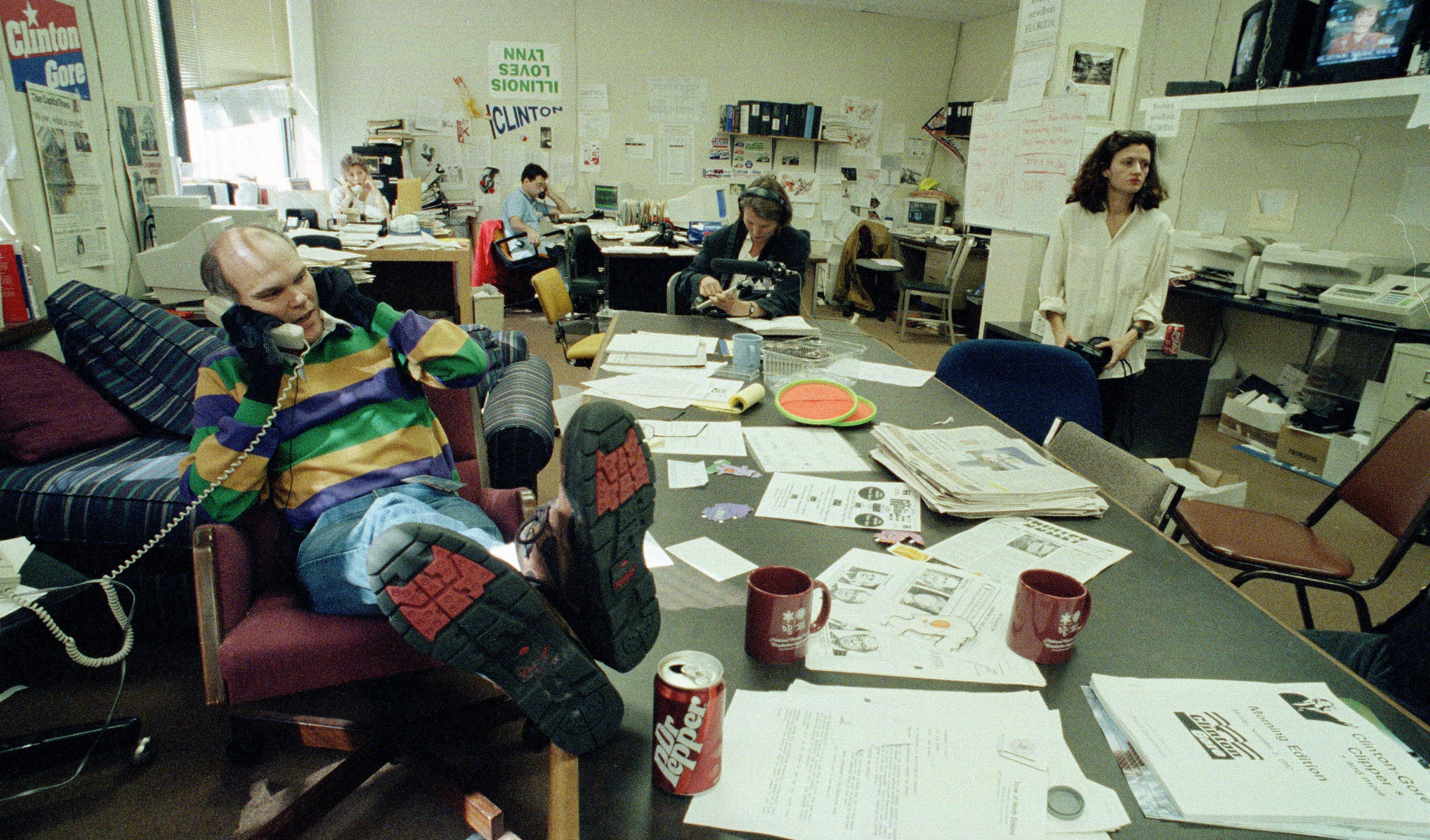We've come to know James "Jim" Foley -- the American freelance journalist who was executed in 2014 by the Islamic State -- by the widely circulated image of him in an orange jumpsuit prior to his death. But a new HBO documentary is giving us a rare inside look into the beloved journalist's life.
Brian Oakes, the director of "Jim: The James Foley Story" and one of Foley's close childhood friends, explained to HuffPost Live's Alyona Minkovski last week that he started thinking about making the film just a few months after Foley's death. He was uncomfortable with how "politicized" the jumpsuit photograph of Foley had become, and he wanted to do the journalist "right."
"I kind of had this protective feeling about Jim's legacy and how the world was going to know him," Oakes said. "And so I felt because I knew him and I loved my friends and I was close to his family that I wanted to take on this project."
The first moments in the film make it clear that Foley's execution video -- a video various news outlets chose not to publish -- wouldn't be shown in the documentary either. Oakes said Foley would be "horrified" by how his story has been covered. He explained:
He was there to tell the stories of the Syrian people. I mean, he was a journalist. There's that saying that the journalists -- that's what they do. They tell the stories, they shouldn't be the story. So there's kind of a sick irony there that Jim ultimately became the symbol of what he did, and I'm hoping that the film will kind of reclaim that image and twist it. Once you know the type of person that Jim was and what he was doing, you'll see that image in a very different way.
Throughout the film, it's evident Oakes' close relationship with the Foley family helped them open up about their grief. They describe learning about Foley's capture in Libya in 2011 and a year later in Syria, where he was ultimately killed.
By the end of the film, we come to know Foley beyond the haunting photo of him. We learn about all those he inspired and how rare a breed he was in his relentless pursuit of the truth as a deeply embedded journalist.
"Nicole Tung, [a freelance photographer] who's in the film, has this really great line. She says they are the 'intimate chroniclers of conflict' because they get so involved in the society," Oakes said. "And I think that's really what made Jim's journalism so amazing is that he was right in there experiencing it."
Want more HuffPost Live? Stream us anytime on Go90, Verizon's mobile social entertainment network, and listen to our best interviews on iTunes.
Also on HuffPost:

